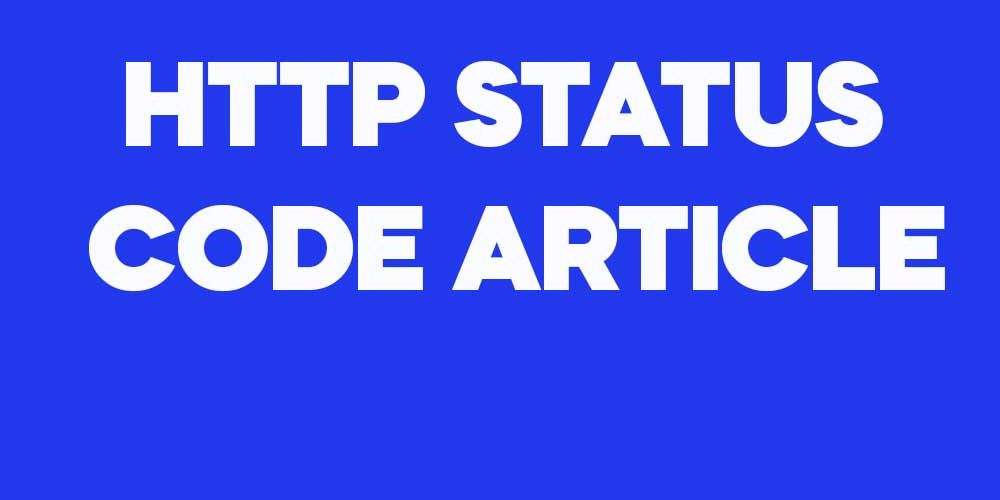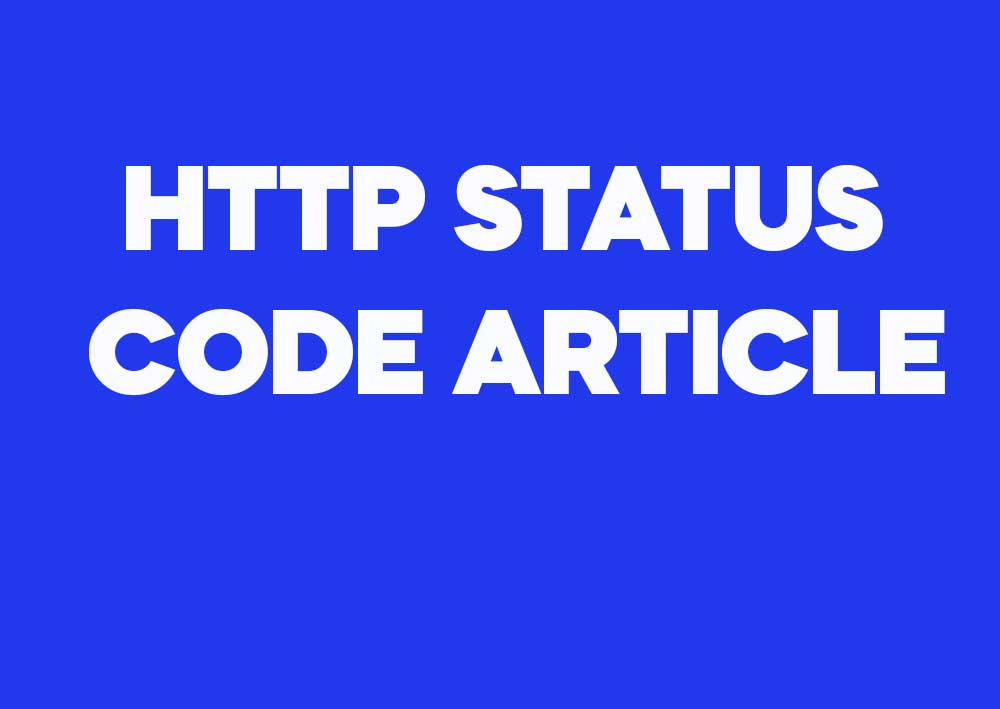HTTP Status Code 499 – Token Required or Client Closed Request
The HTTP status code 499 is not an official status code recognized by the IETF, but it is commonly used in certain web server implementations, such as NGINX, to indicate specific client-related issues. There are two primary interpretations of this status code:
- Token Required: This usage indicates that the client request is missing a required authentication token.
- Client Closed Request: This usage indicates that the client closed the connection before the server could send a response.
Example 1: 499 Token Required
In this scenario, the client sends a request to a server that requires an authentication token, but the token is missing from the request headers. The server responds with a 499 status code to indicate the missing token.
GET /api/data HTTP/1.1
Host: example.com
HTTP/1.1 499 Token Required
Content-Type: text/plain
Error: Authentication token is missing or invalid.
Explanation: The client attempted to access a protected API endpoint without providing the necessary token in the request headers. The server, recognizing the absence of the token, responds with a 499 status code to prompt the client to include the token in future requests.
Example 2: 499 Client Closed Request
In this scenario, the client initiates a request but then closes the connection before the server can complete processing and send a response. The server logs this situation using the 499 status code.
GET /api/slow-response HTTP/1.1
Host: example.com
[Client disconnects]
[Server log entry]
499 Client Closed Request - Client disconnected before response.
Explanation: The client requested data from an endpoint known for taking a long time to respond. However, due to impatience or other reasons, the client closes the connection prematurely. The server, unable to deliver the response, logs a 499 status code to record the client-initiated disconnection.
Example 3 usage Scenario
# Client sends a request example.
GET /example HTTP/1.1
Host: www.example.com
# Server Response
HTTP/1.1 499 499 Token Required or Client Closed Request
Date: Wed, 09 Oct 2024 23:09:56 GMT
Server: ExampleServer/1.0
Content-Type: application/json
{
"error": "Description of the error for 499"
}
Example 4 -usage Scenario
# Client sends another example request.
POST /another-example HTTP/1.1
Host: www.example.com
# Server Response
HTTP/1.1 499 499 Token Required or Client Closed Request
Date: Wed, 09 Oct 2024 23:09:56 GMT
Server: ExampleServer/1.0
Content-Type: application/json
{
"error": "Detailed message for 499"
}
Summary
The HTTP status code 499 is a non-standard code used by some server implementations to indicate specific client-related issues, often involving missing tokens or client-side disconnections. It helps web servers log and track requests that are incomplete due to client actions, enabling better handling and debugging of client-server interactions. Understanding and implementing this status code can be beneficial for applications where client authentication and connection reliability are critical.


